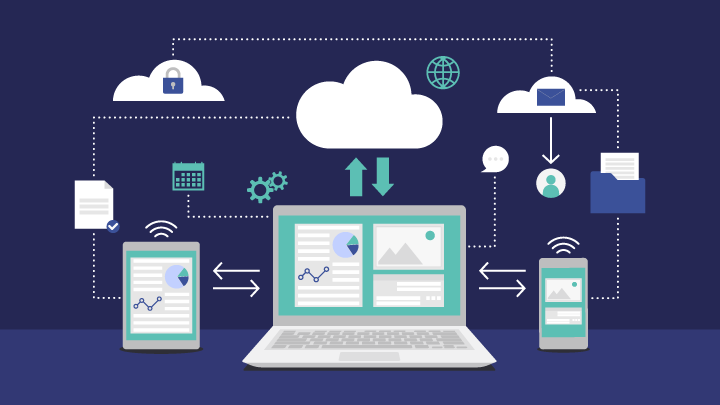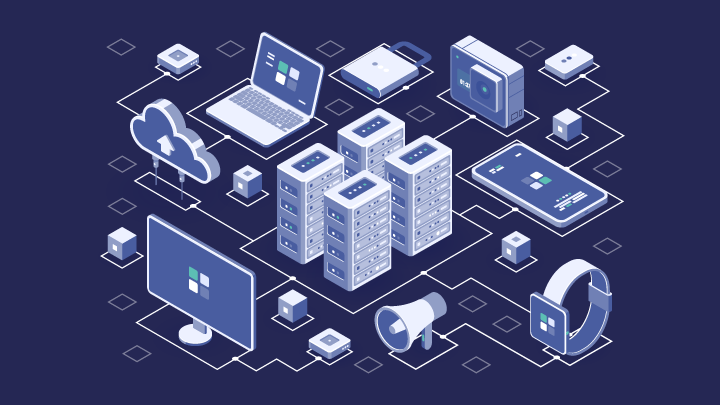Welcome to the Era of “Everything as a Service”

The transformational impact of Software-as-a-Service (SaaS) on enterprise IT is entwined with the success of Salesforce, the growth of the internet, and the proliferation of broadband, mobile phones, and browsers.
What You Need To Know About Edge Computing

Every day, across all industries and environments, companies are discovering how to leverage the constant waves of data to help their organizations be better, faster, and even safer with edge computing.
Is Your Data Intelligent?

Simply put, intelligent data is data that leverages artificial intelligence (AI) to create efficiencies, gain understanding, innovate, and transform organizations and industries.
